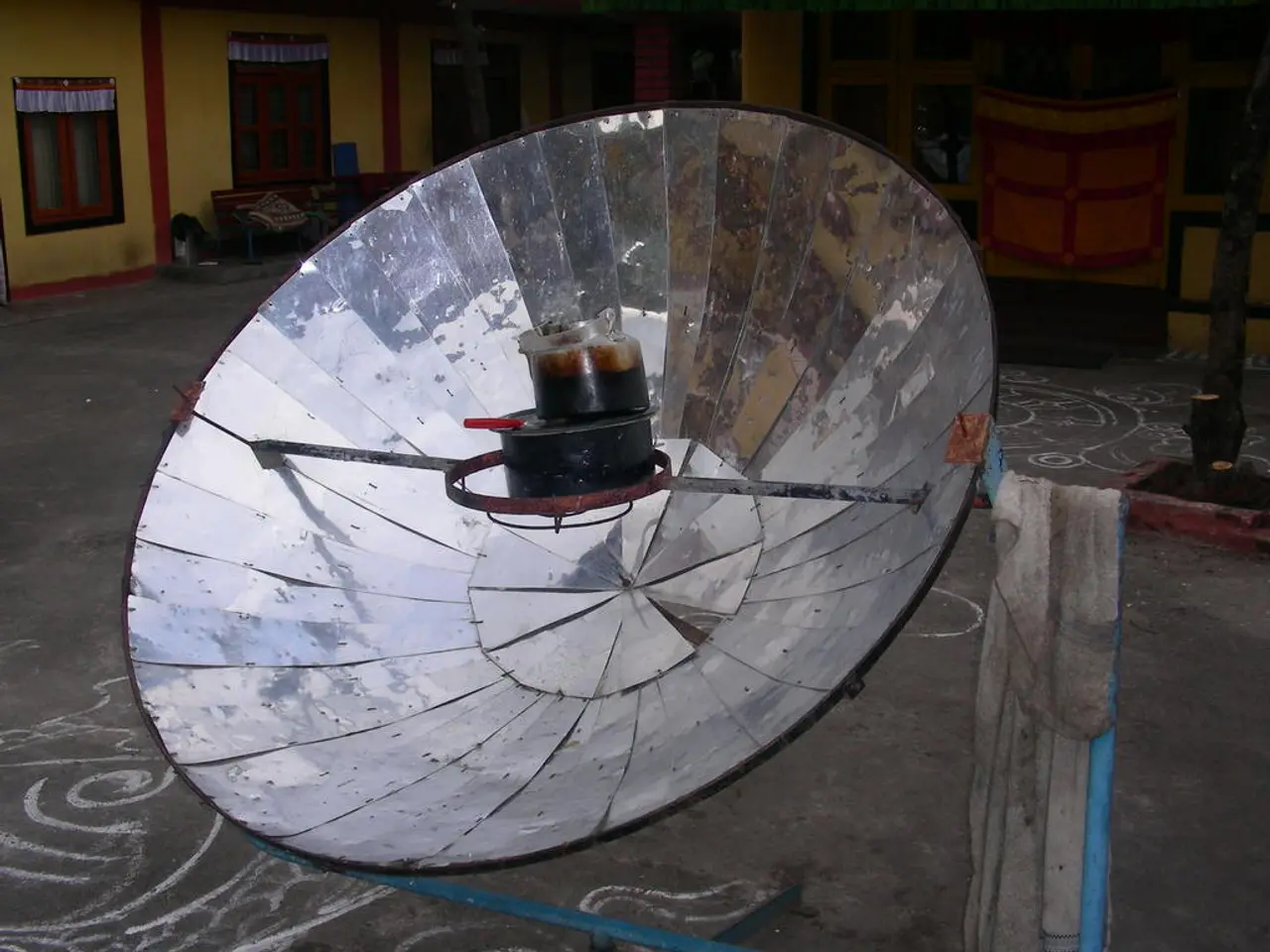Wireless Communication Signal Transmission
Wireless communication, a vital part of our daily lives, relies on electromagnetic waves for information transmission. These waves, including radio waves, microwaves, and infrared signals, are used in various applications such as AM/FM radio, cellular networks, Wi-Fi, Bluetooth, and satellite communications.
One crucial aspect of wireless communication is how these signals interact with the environment. Signals do not travel in straight lines but instead bounce off surfaces like walls, floors, ceilings, and metal objects, a phenomenon known as reflection. Reflection can help or hinder wireless communications, depending on the circumstances.
Refraction, another key mechanism, occurs as signals pass through different mediums and bend and change direction due to differences in the speed of electromagnetic waves through various materials. This can be observed in the bending of light rays as they pass from air into water.
Infrared signals, used for short-range communications like TV remote controls, are also subject to these principles. For instance, a remote control's signal can be affected by obstacles in its path, causing it to malfunction.
The choice of antenna type plays a significant role in wireless communication. Omnidirectional antennas, which radiate signals roughly equally in all horizontal directions, are ideal for mobile applications and situations where coverage area is more important than range. A typical Wi-Fi router, for example, uses omnidirectional antennas to provide 360-degree coverage throughout a home.
On the other hand, directional antennas focus the signal energy in specific directions, increasing range at the expense of coverage angle. Network administrators often deploy directional antennas for building-to-building wireless links.
Engineers use path loss models to predict how signal strength decreases with distance. The free space path loss model is the simplest, while the log-distance path loss model accounts for environmental factors. These models help in understanding how signals behave in different environments, from high-density urban areas to large open spaces and multi-floor buildings.
However, wireless signals are not immune to fading phenomena, which cause signal strength to fluctuate rapidly. Fast fading results from rapid changes in the propagation environment and causes quick fluctuations in signal strength. This is particularly noticeable when mobile users travel in vehicles, experiencing what is known as fast fading.
Diffraction, scattering, and refraction are other mechanisms by which signals interact with the environment. Diffraction explains how signals can reach areas behind obstacles even without a direct line of sight. Scattering occurs when signals encounter small objects or irregular surfaces and scatter in multiple directions.
Understanding signal propagation knowledge helps in addressing various interference sources like co-channel, adjacent channel, and non-Wi-Fi interference. Modern wireless technologies like MIMO, beamforming, and millimeter wave communications leverage advanced understanding of signal propagation to improve network performance and capacity.
Before deploying wireless infrastructure, professionals conduct site surveys to measure actual signal propagation characteristics in the environment. This ensures that the chosen technology and antenna configuration will provide optimal performance for the specific environment.
In conclusion, wireless communication is a complex interplay of signals, antennas, and the environment. By understanding these principles, we can design and deploy wireless networks that are efficient, reliable, and suitable for the needs of diverse environments.
Read also:
- A continuous command instructing an entity to halts all actions, repeated numerous times.
- Oxidative Stress in Sperm Abnormalities: Impact of Reactive Oxygen Species (ROS) on Sperm Harm
- Is it possible to receive the hepatitis B vaccine more than once?
- Transgender Individuals and Menopause: A Question of Occurrence?








